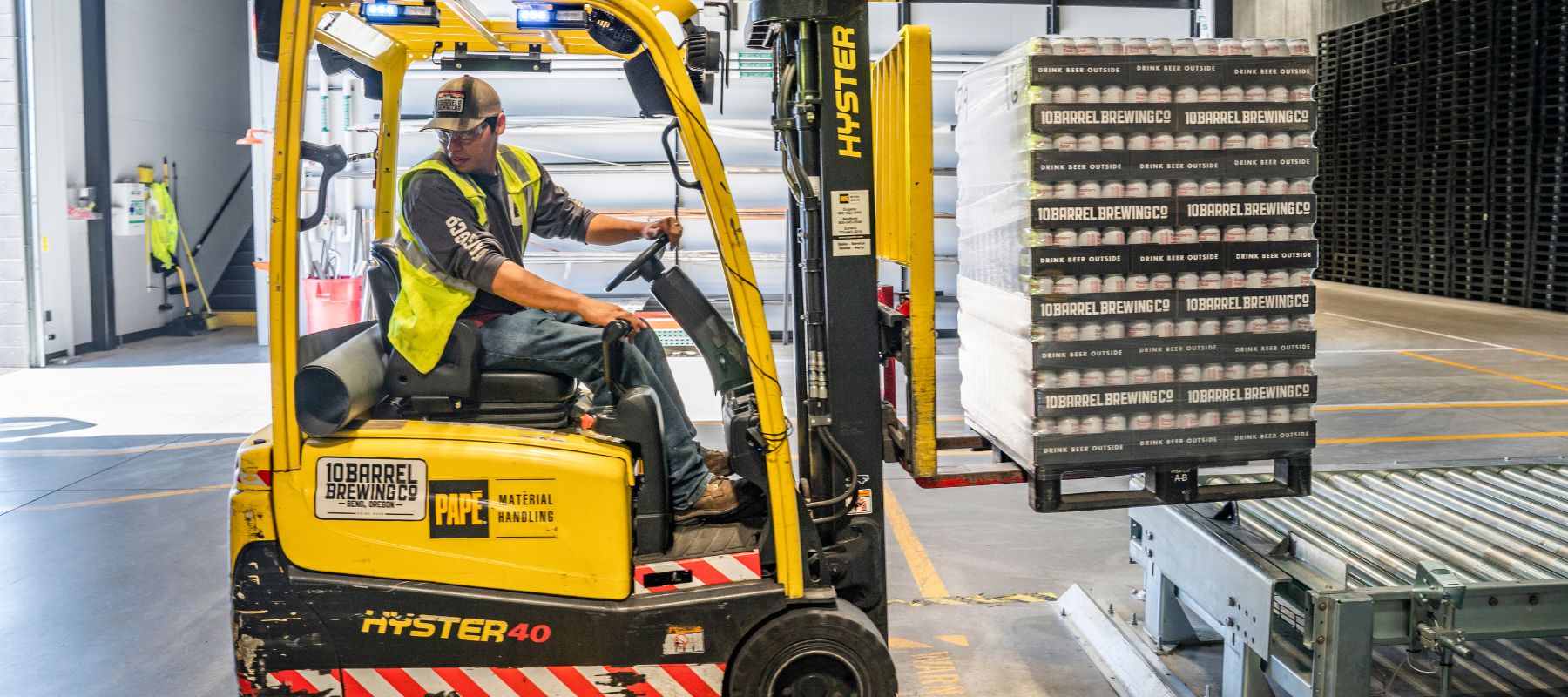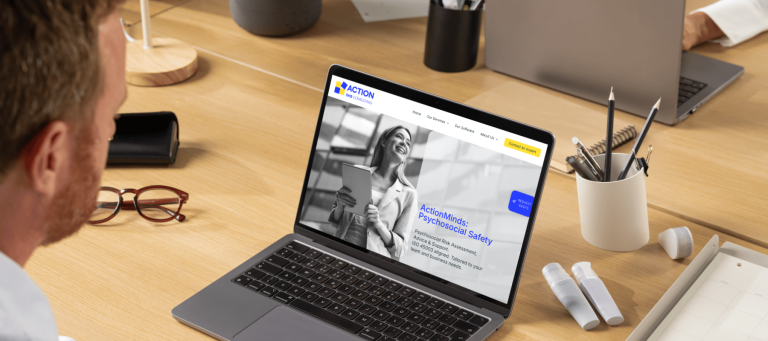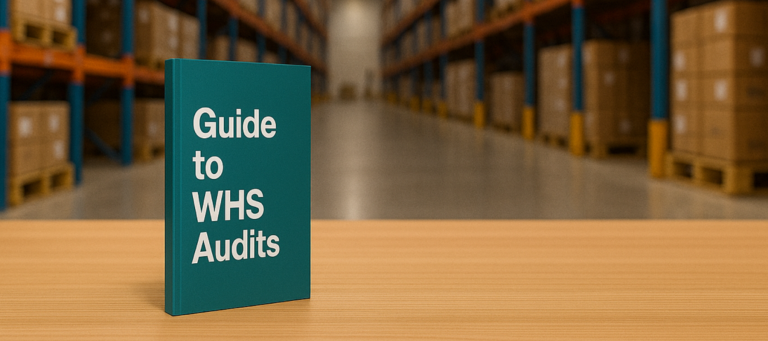Traffic management is a critical aspect of workplace safety, particularly in environments where vehicles and pedestrians interact. Whether it’s a construction site, warehouse, or manufacturing facility, ensuring safe movement of vehicles and people can prevent accidents and improve efficiency. Regulations vary across the world but many countries follow international standards to ensure road safety and efficiency. In Australia, businesses must adhere to strict workplace health and safety (WHS) regulations to mitigate traffic-related hazards.
Identifying Traffic Hazards
The first step in managing traffic risks is identifying potential hazards in consultation with your employees and key stakeholders. Some common risks include:
- Interaction between pedestrians (including truck drivers) and mobile plant and vehicles.
- Blind spots where drivers may not see pedestrians or other vehicles.
- High traffic volumes leading to congestion and increased accident risks.
- Poor visibility due to lighting conditions or obstructions.
- Unsafe loading and unloading zones where workers are exposed to moving vehicles.
Employers must identify, (i.e., review incident reports, and consult workers) traffic management hazards for their workplace. A WorkSafe Queensland – Traffic Management Identification Checklist will support this initial step.
Implementing Control Measures
Once hazards are identified, businesses must implement control measures to reduce risks. These measures must be so far as reasonably practicable:
- Eliminate: Removing the hazard entirely, such as excluding vehicle access in pedestrian areas through separate isolated pathways, entries and exits.
- Substitute: Using safer alternatives, like replacing forklifts with automated load-shifting equipment, Pedestrian Operated Walkie Stackers or powered pallet jacks.
- Isolate: Separating pedestrians from vehicles using barriers, designated walkways, pedestrian pause gates and overhead crossings. Or separating pedestrians from mobile plant and vehicles through the use of time; a common example is using a forklift in an area where pedestrians are not operating within the zone.
- Engineering Controls: Installing safety features such as traffic light systems, reversing cameras, reversing beepers, warning lights, blue spotlights, pedestrian proximity sensors and speed limiters on vehicles and mobile plant.
- Administrative Controls: Providing training, procedures, conducting safety prestart inspections on plant and equipment, installing signage, marking lines, providing supervision and ensuring operators possess relevant licences (e.g., forklift operators must hold a High-Risk Work Licence (HRWL), LF type) to ensure safe traffic practices.
- Personal Protective Equipment (PPE): Provide access to relevant PPE such as high-visibility vests and safety footwear.
Developing a Traffic Management Plan
A traffic management plan is essential for workplaces with vehicle and mobile plant movement. This plan should outline:
- Site, pedestrian and vehicle/mobile plant operator rules.
- Traffic flow entries and exits.
- Deliveries and collection points for the workplace.
- Parking locations.
- Walkways for the flow of pedestrians.
- Roadways and thoroughfares for vehicle movements.
- The layout of barriers, walkways, and signage.
- Procedures for managing temporary or mobile work zones.
- Emergency response protocols in case of an accident.
Pro tip: Working with an experienced Safety Consultant can help you identify, plan, and develop a solid Traffic Management Plan that is tailored to your workplace and meets your legal obligations. Contact us.
Compliance with Australian Regulations
Australian workplaces must comply with relevant WHS laws and guidelines set by Safe Work Australia and state-specific regulators. Employers are required to:
- Conduct risk assessments and implement control measures.
- Provide adequate information, instruction, training and supervision for workers involved in traffic management.
- Regularly review and update traffic management plans.
Effective traffic management is crucial for maintaining a safe and productive workplace. Identifying hazards, implementing control measures, and adhering to regulations will help your business reduce the risk of accidents and injuries. Prioritising safety not only protects workers but also enhances operational efficiency.
Further guidance and resources:
- AU – Safe Work Australia.
- QLD – WorkSafe Qld – Traffic Management Guidance Plan and Example Template (see additional resource links on page 13).
- VIC – WorkSafe Victoria – Forklift Safety Guidebook.
- NSW – SafeWork NSW – Managing Hazards and Risks
International Support:
- NZ – Worksafe – Laws & Regulations.
- US – Occupational Safety & Health Administration – Law & Regulations.







